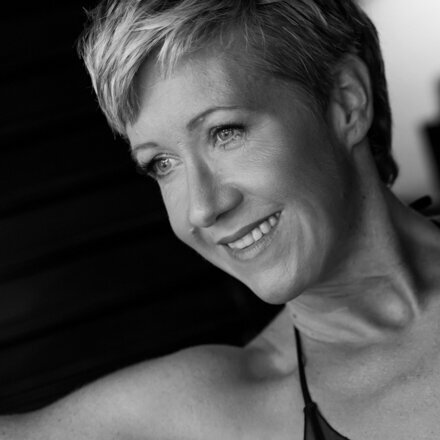High conflict is the typical label slapped on a divorcing couple within the United States family court system when domestic abuse and/or coercive control are a factor in the case. As far as problematic language goes, high conflict is, in my opinion, the most damaging terminology applied to victims and survivors of domestic abuse and coercive control the world over. High conflict is not only a completely inappropriate label for the problems that brought the abusive relationship to an end, it also sets the stage for systemic collusion with the abuser and/or coercive controller.
With all the systems we have in place to stop domestic abuse and domestic violence, it is still increasing! Partner homicides have increased from 3 to 4 women per day just over the past couple of years.
First, why is it inappropriate? For several reasons:
Abuse is an enormous problem! It is not a minor issue that should be glossed over. In the US alone 4 women are killed every day by a partner or ex-partner. KILLED! With all the systems we have in place to stop domestic abuse and domestic violence, it is still increasing! Partner homicides have increased from 3 to 4 women per day just over the past couple of years.
Partner assault cases and “domestic disturbances” are so high that police departments can barely keep up with the most egregious cases… let alone the “minor” ones. Protective order violations are rarely followed up on, let alone prosecuted, due in part, to the sheer volume of calls police receive.
Yet… when a divorcing couple goes to family court, and abuse has occurred, these cases are not handled with the seriousness required. The case isn’t labeled a term that reflects the reality of the danger or even the reality of the one-sided nature of abuse. Instead it is called “high conflict”. Why? Because that’s what these cases appear to be, for someone who hasn’t been adequately trained in domestic abuse and family violence.
When a target finally is able to leave her (and occasionally his) abuser, and files for divorce (especially when there are kids involved) the abuser feels his control over her slipping away. This causes him to escalate his abusive tactics in order to stop her. She, in turn, becomes more fearful of retaliation, and likely more angry at his relentless stalking and abusive demands. From the outside, this looks like a highly volatile situation… because it IS!
But what it is NOT is “high conflict”. Abusers are high conflict all by themselves! Nothing that the survivor can do is capable of de-escalating the situation, unless the abuser desires it. The abuser has ALL the control. So, although the family court professionals may believe they are seeing two unreasonable people who simply can’t “get along”, what they are actually witnessing is one party who will do almost anything to keep control of the other and a victim/survivor desperate to get away from that extreme level of control. Is there a conflict there? Certainly! But what they are in “conflict” over is the victim’s right to be a free independent person with feelings, thoughts and rights of her own. And THAT is not really conflict… that is oppression by one party and resistance to oppression by the other.
When the family court positions these cases in this way the victim/survivor is left at a significant disadvantage, because the real problem, the abuse, is ignored. If it is not ignored altogether, the term high conflict assumes that both parties are responsible… mutualizing the issue. This places unfair responsibility onto the victim. This distortion of reality then places the abuser in a position where he can do more damage to the victim, completely undetected by the courts.
Word matter! What we call something matters, because it is the frame of reference from which we view the entire situation. It is the lens that we use, the perspective that informs our decision-making. The term high conflict needs to be removed from the family court in cases where abuse has been alleged and/or proven. These cases need to be treated with the seriousness and significant dangers involved when there has been domestic abuse, domestic violence, family violence and/or coercive control. The abuser is 100% responsible for the abuse, and therefore the failure of the marriage. We must stop allowing family courts to malign and blame the victim for the horrible abuses they have suffered.
Abuse is not conflict… it is abuse!
